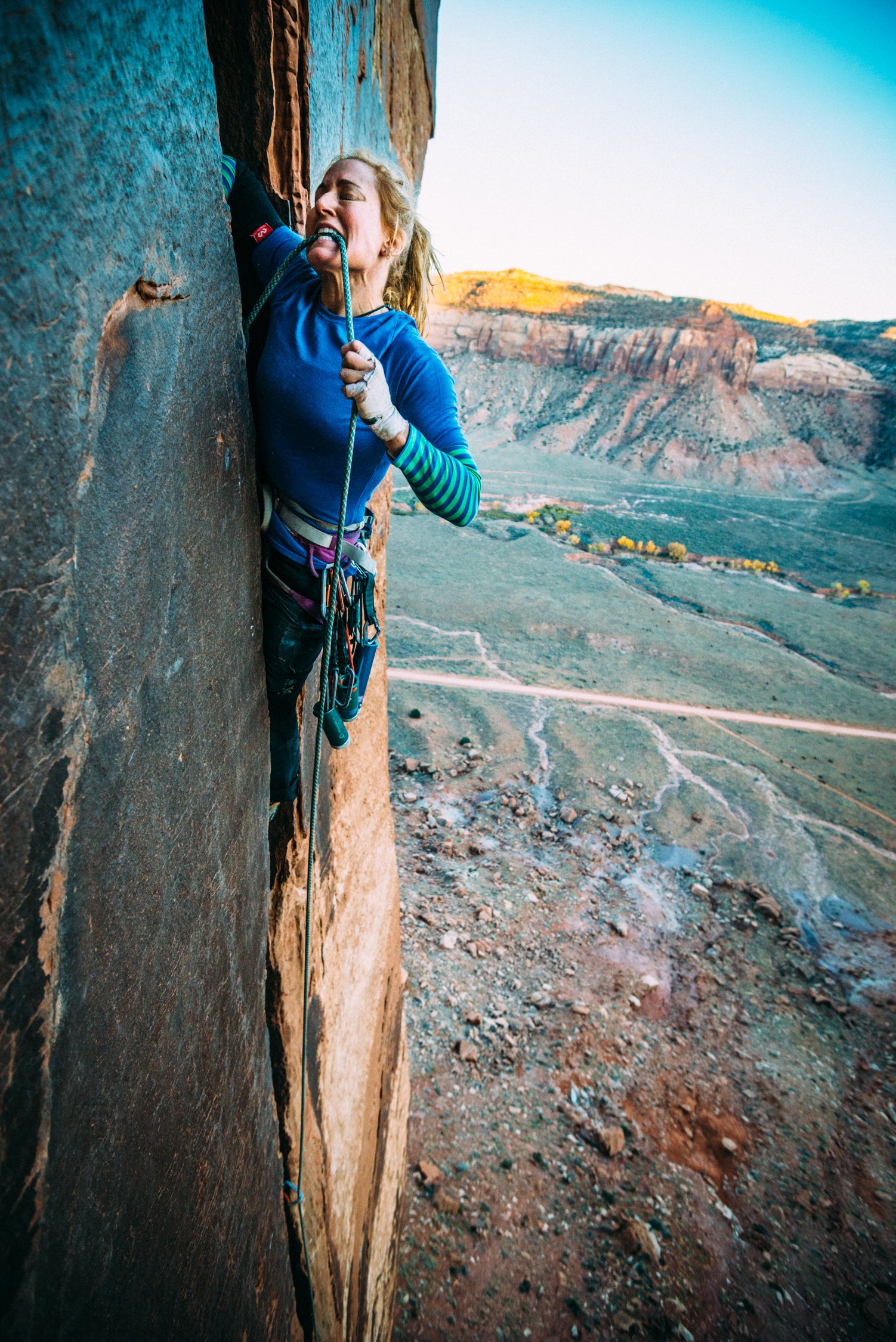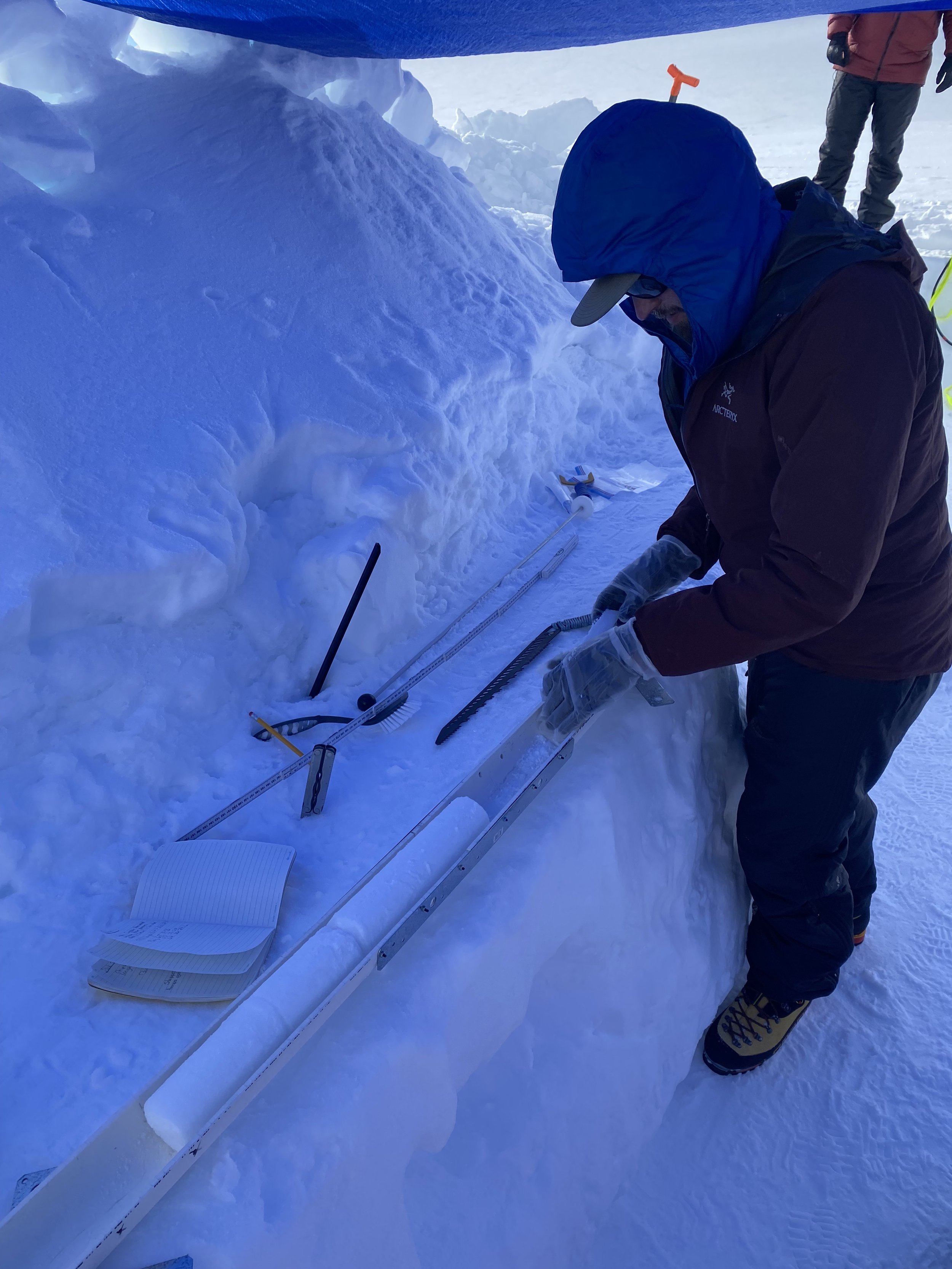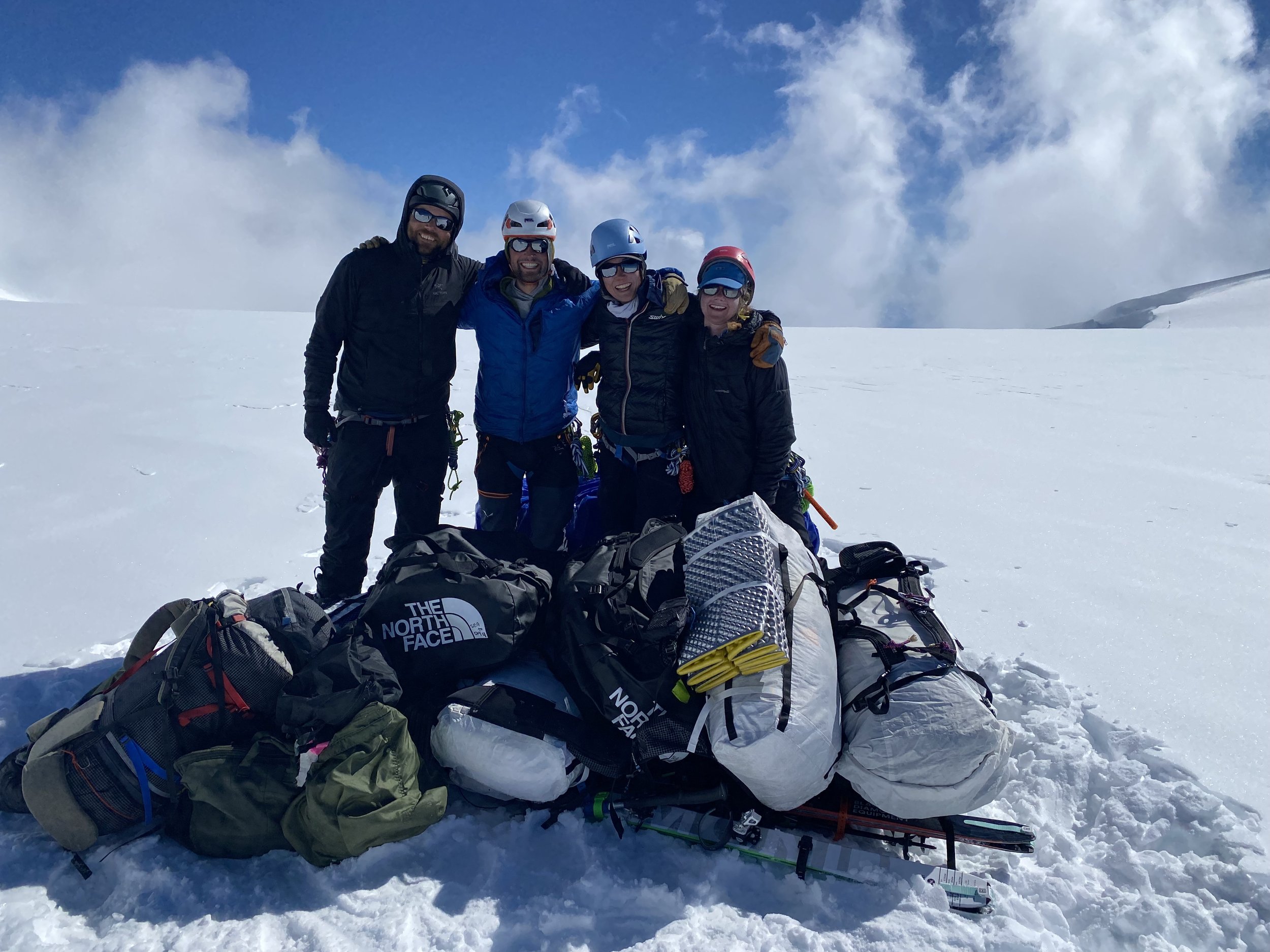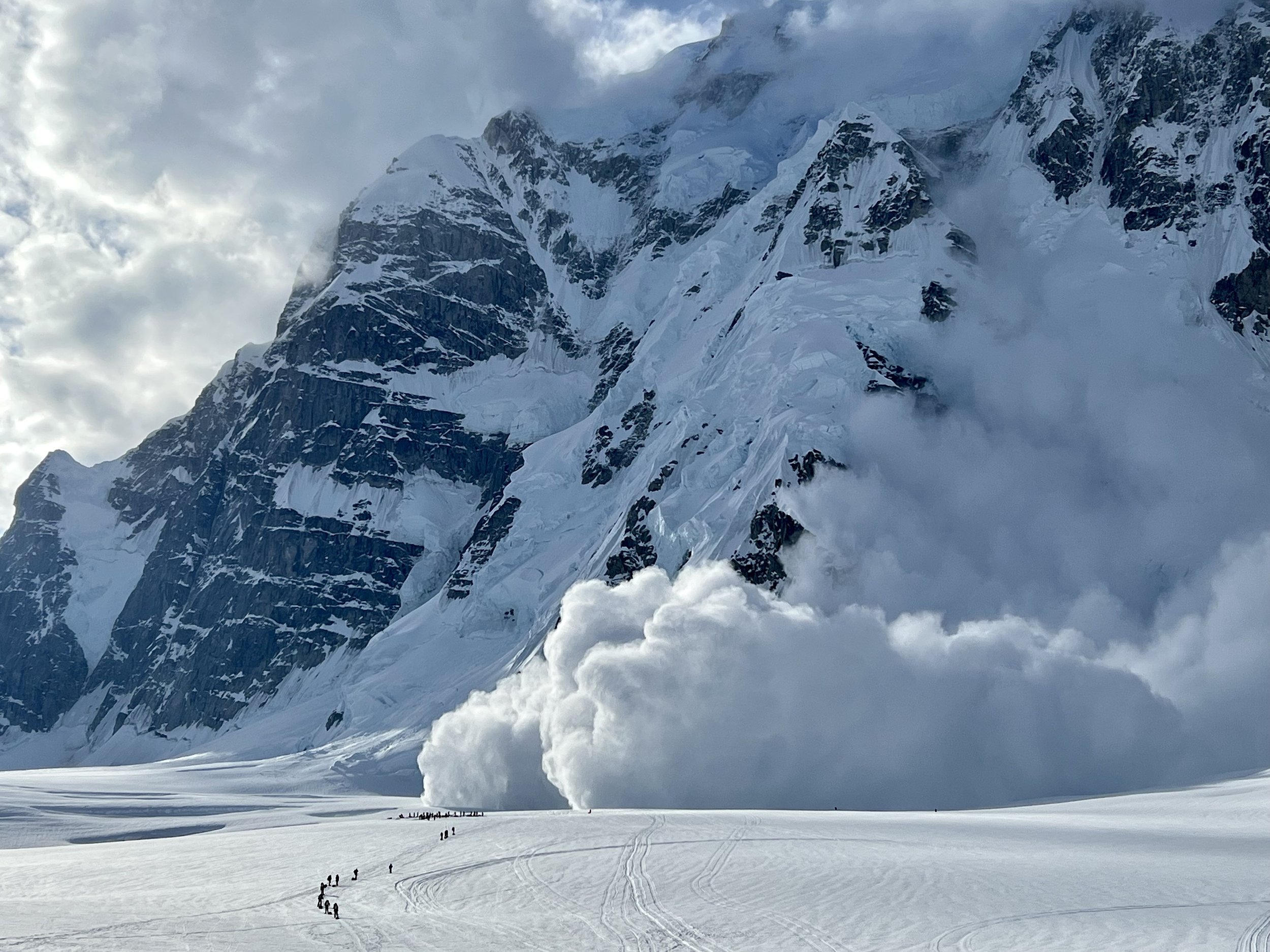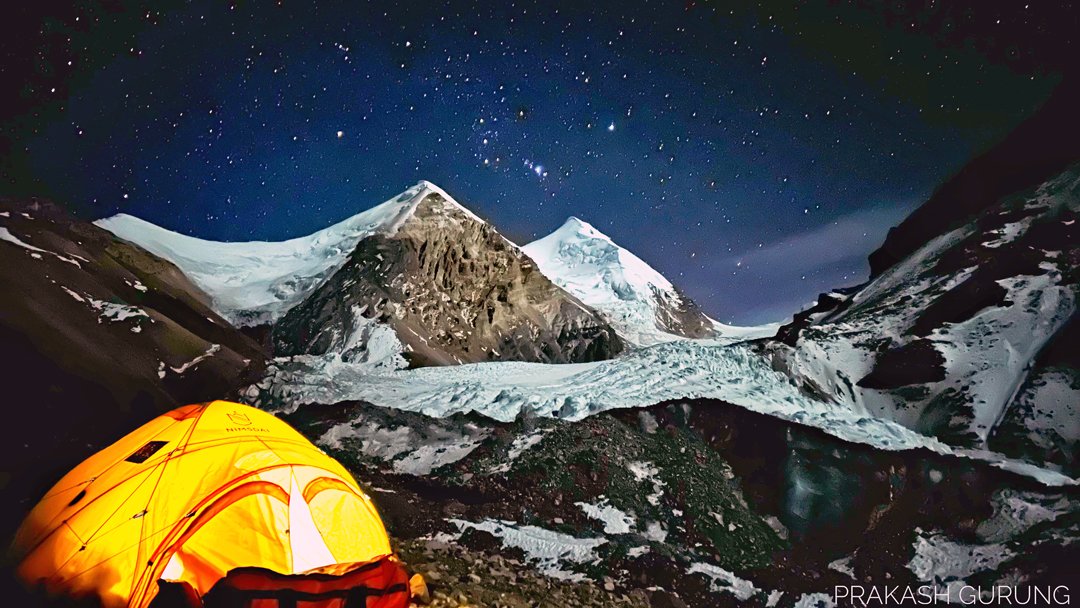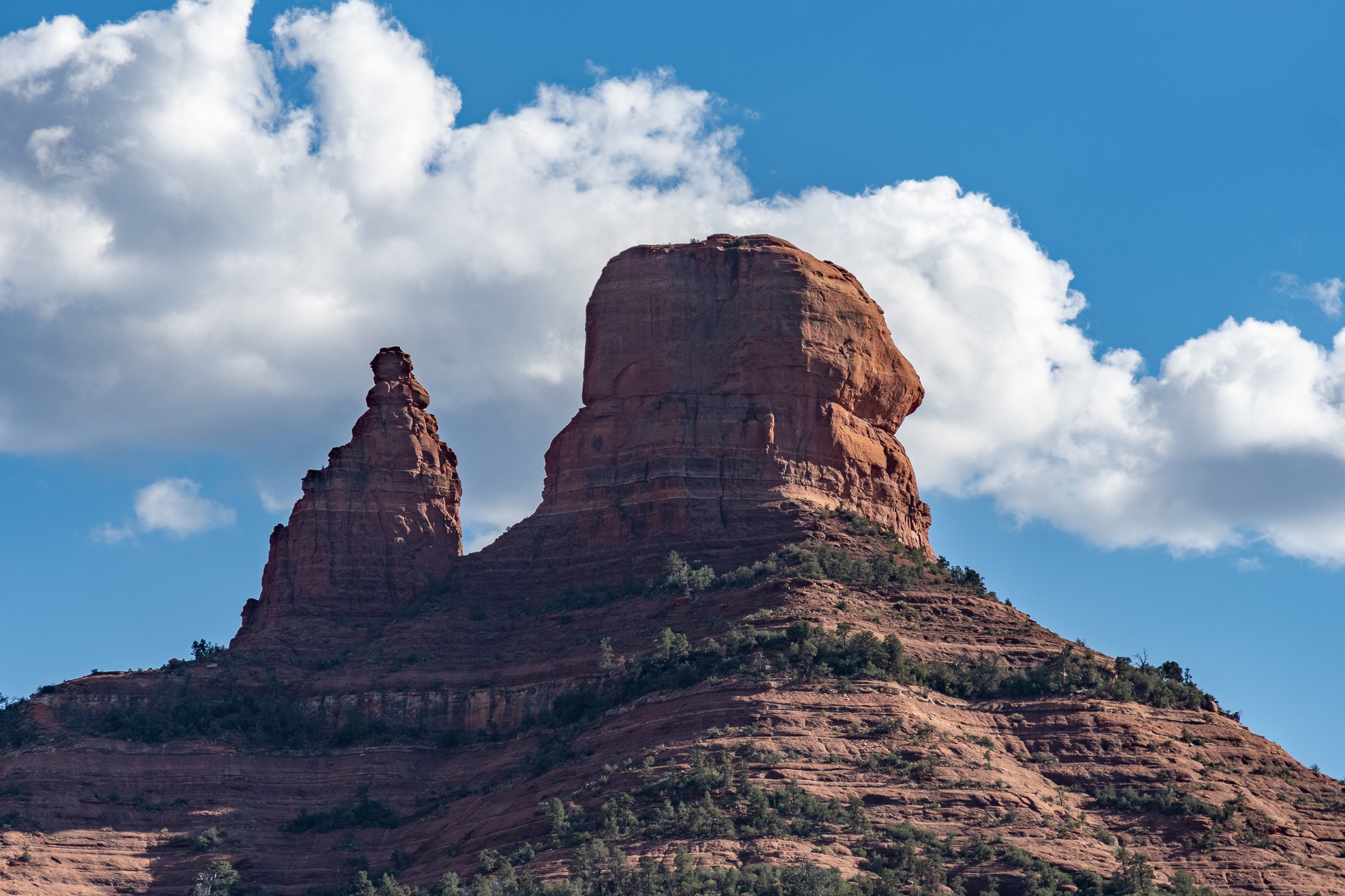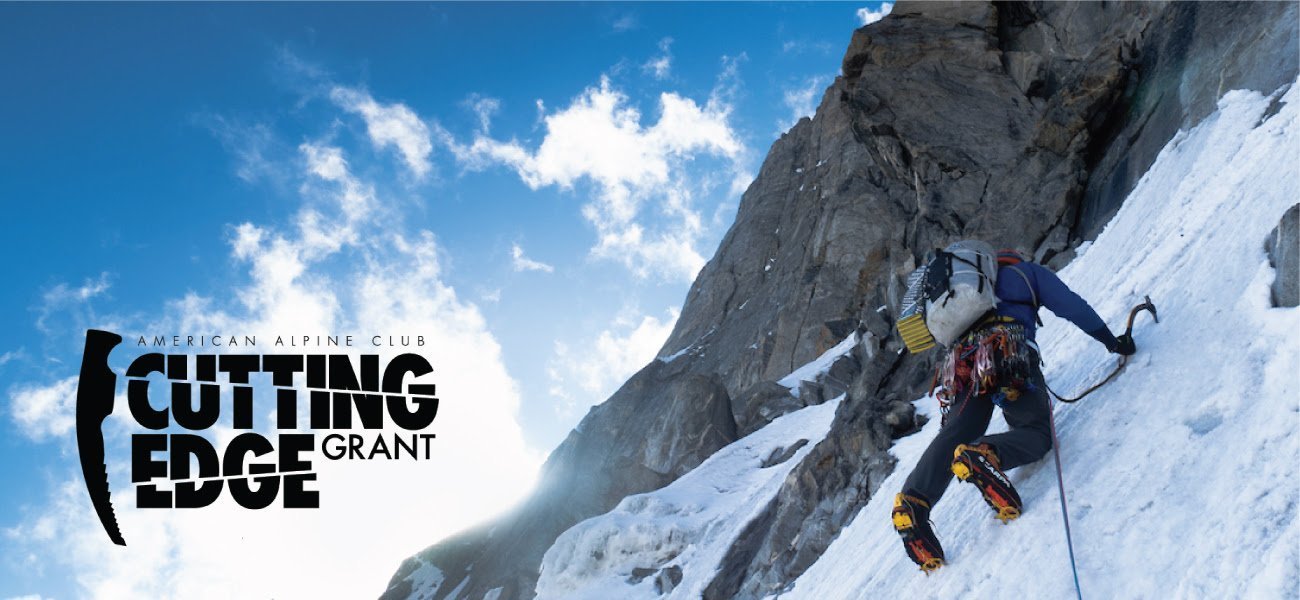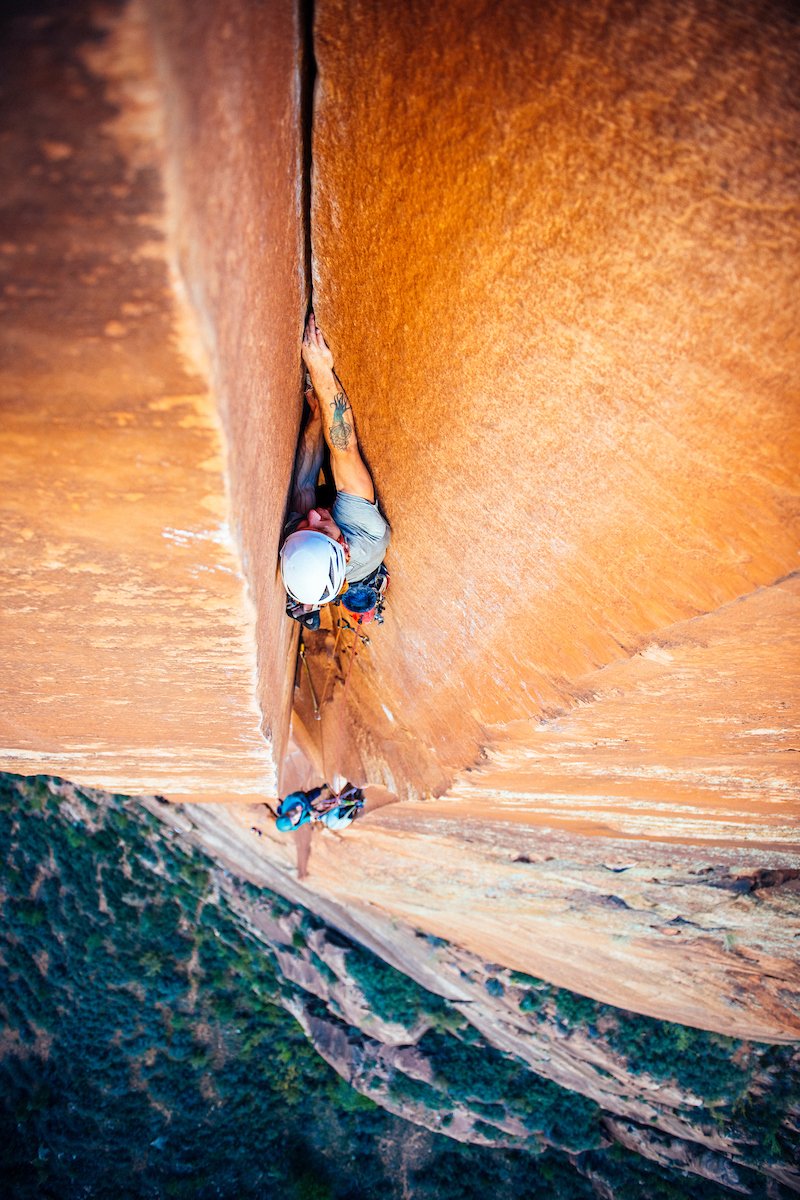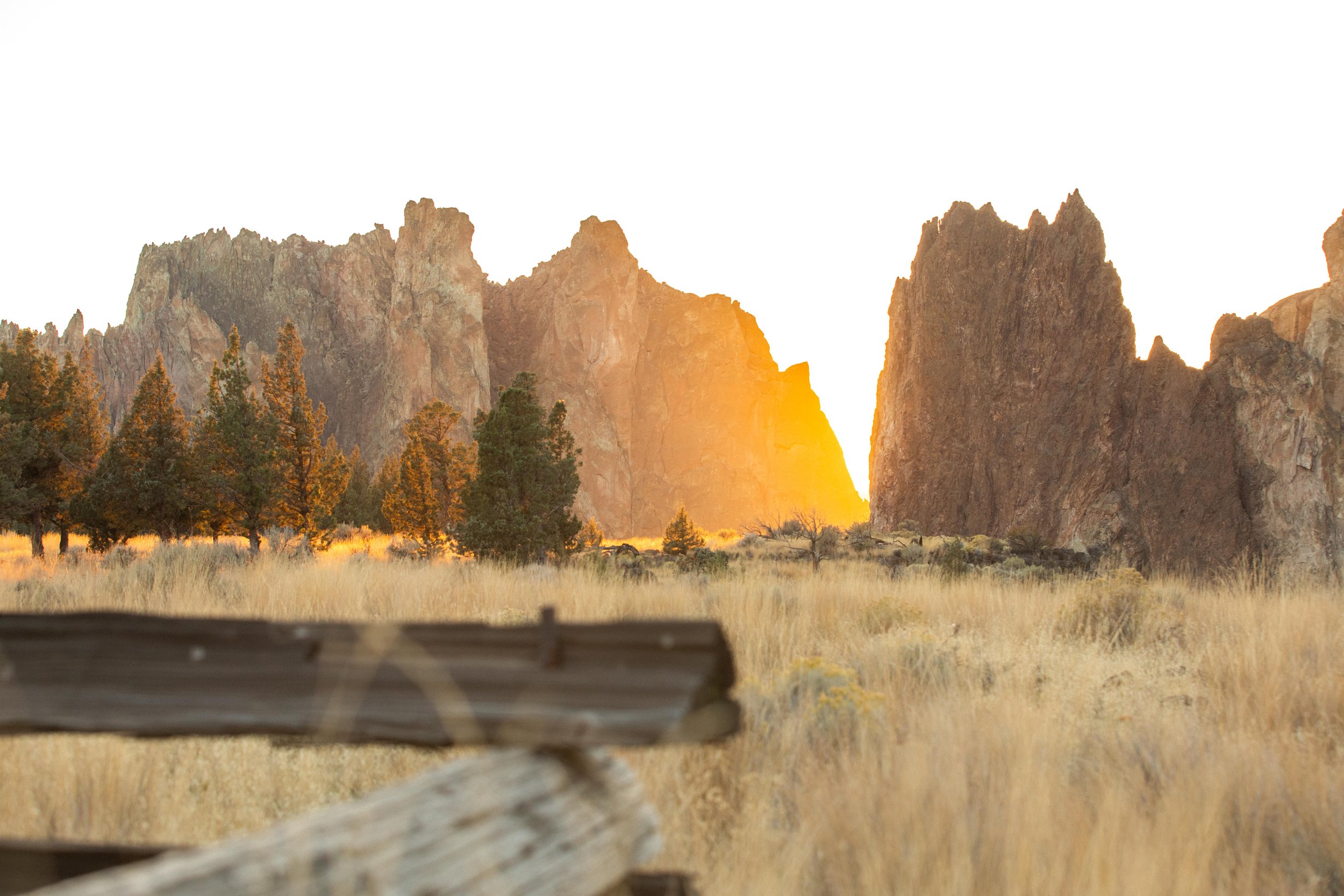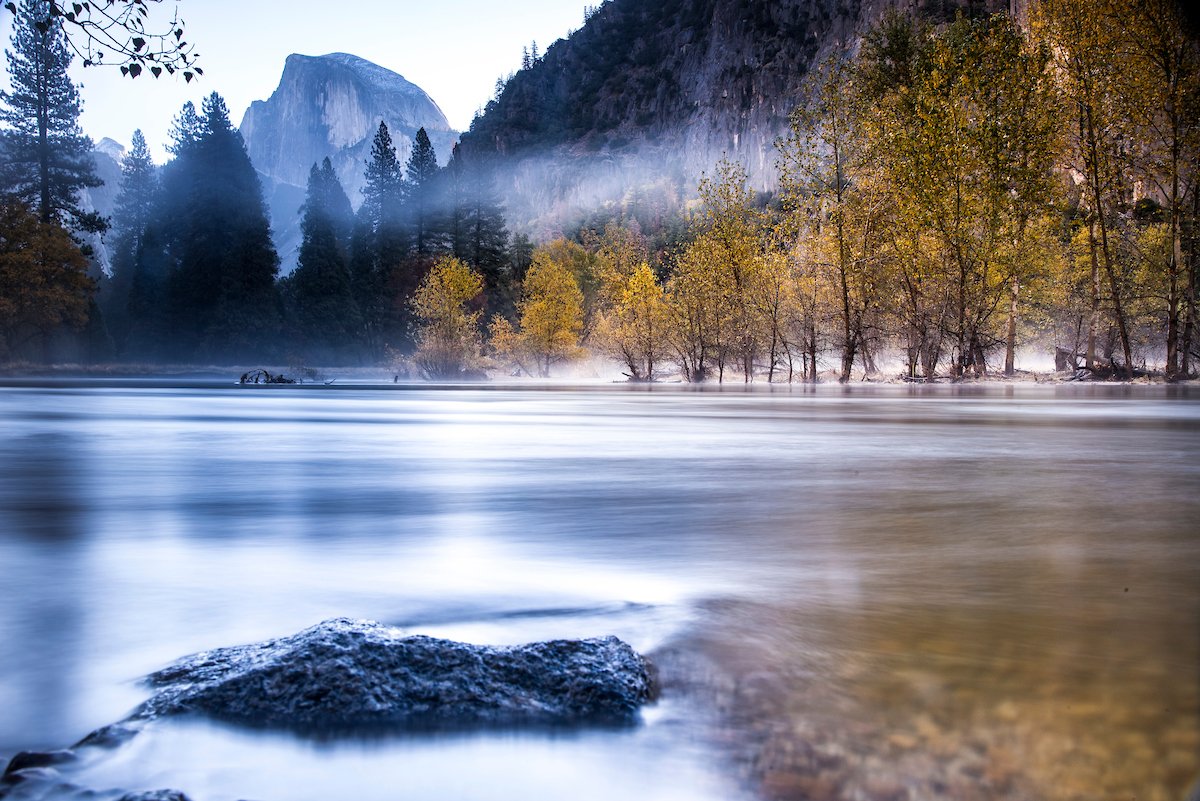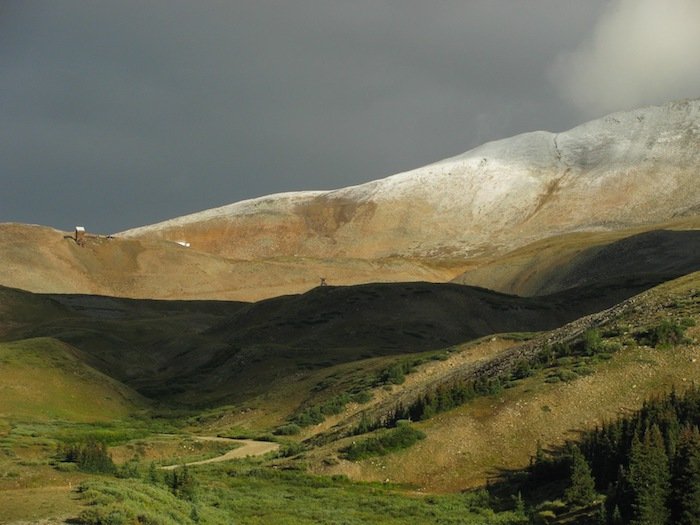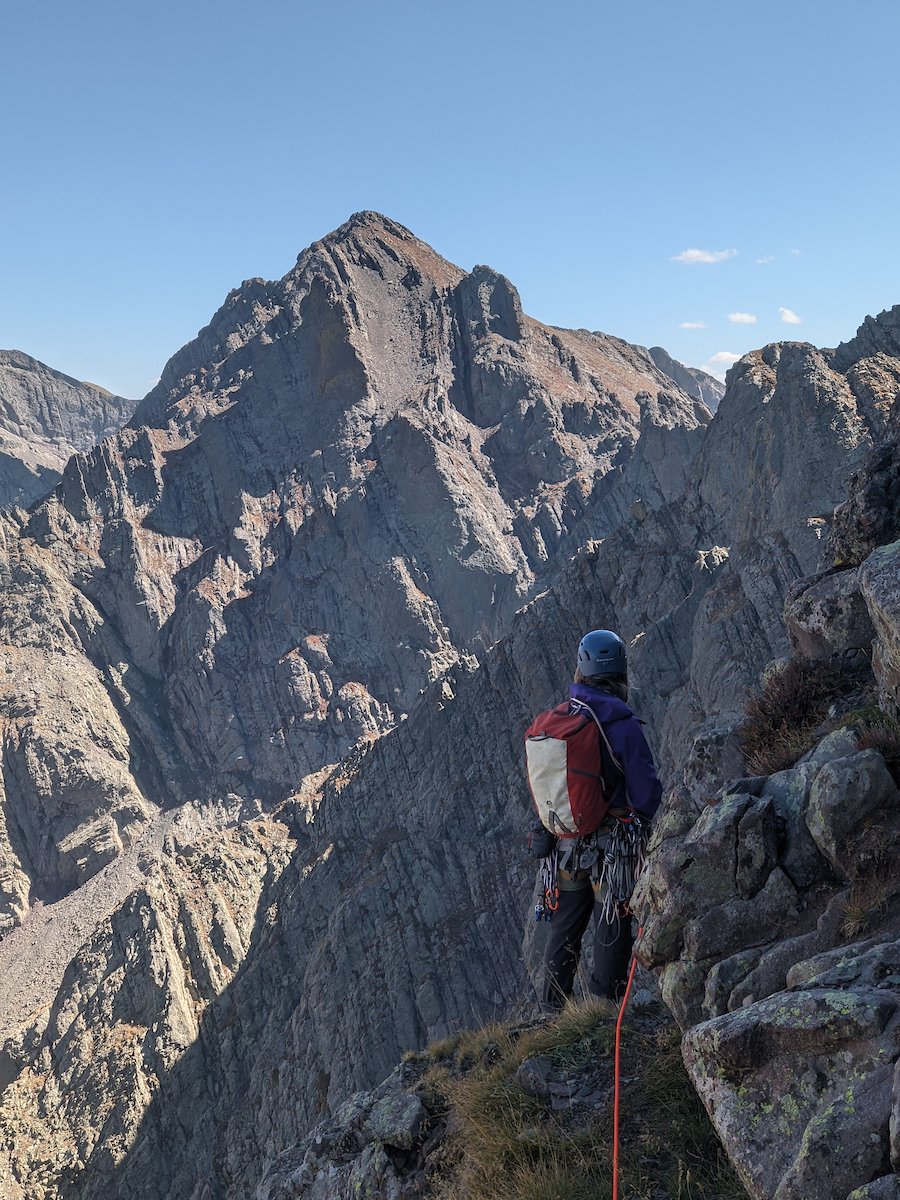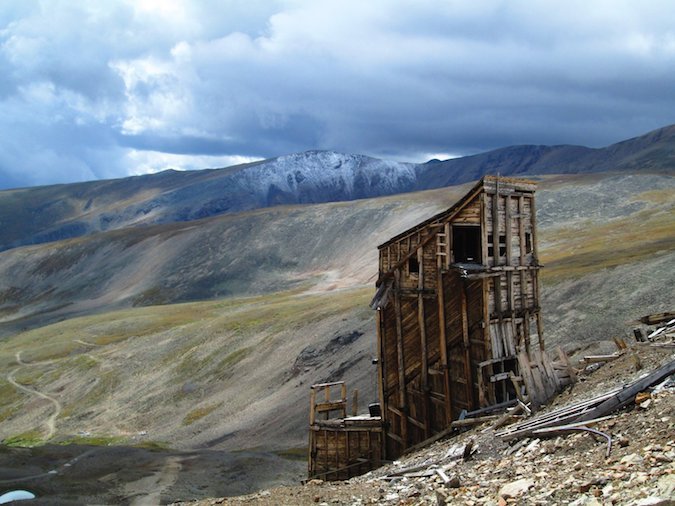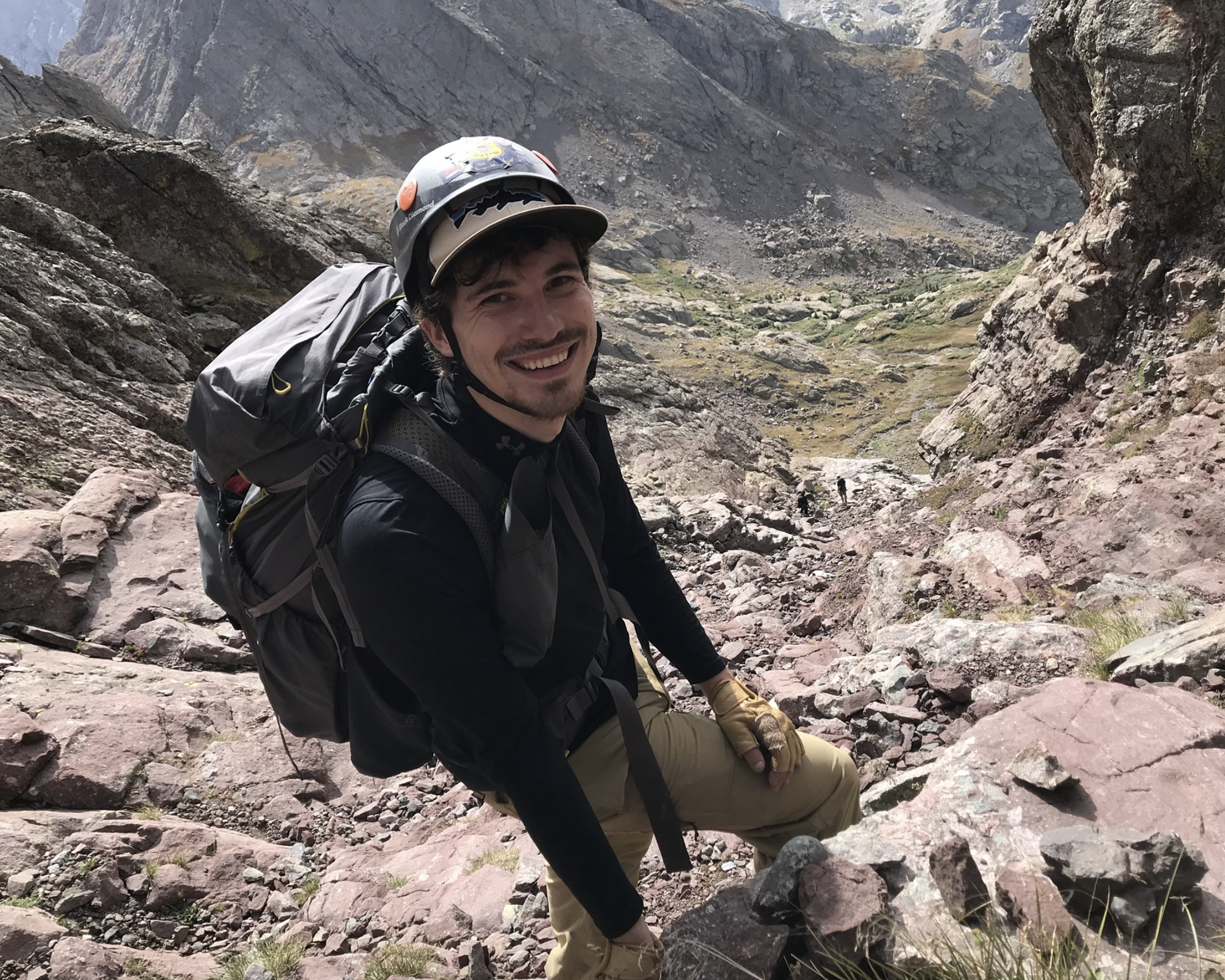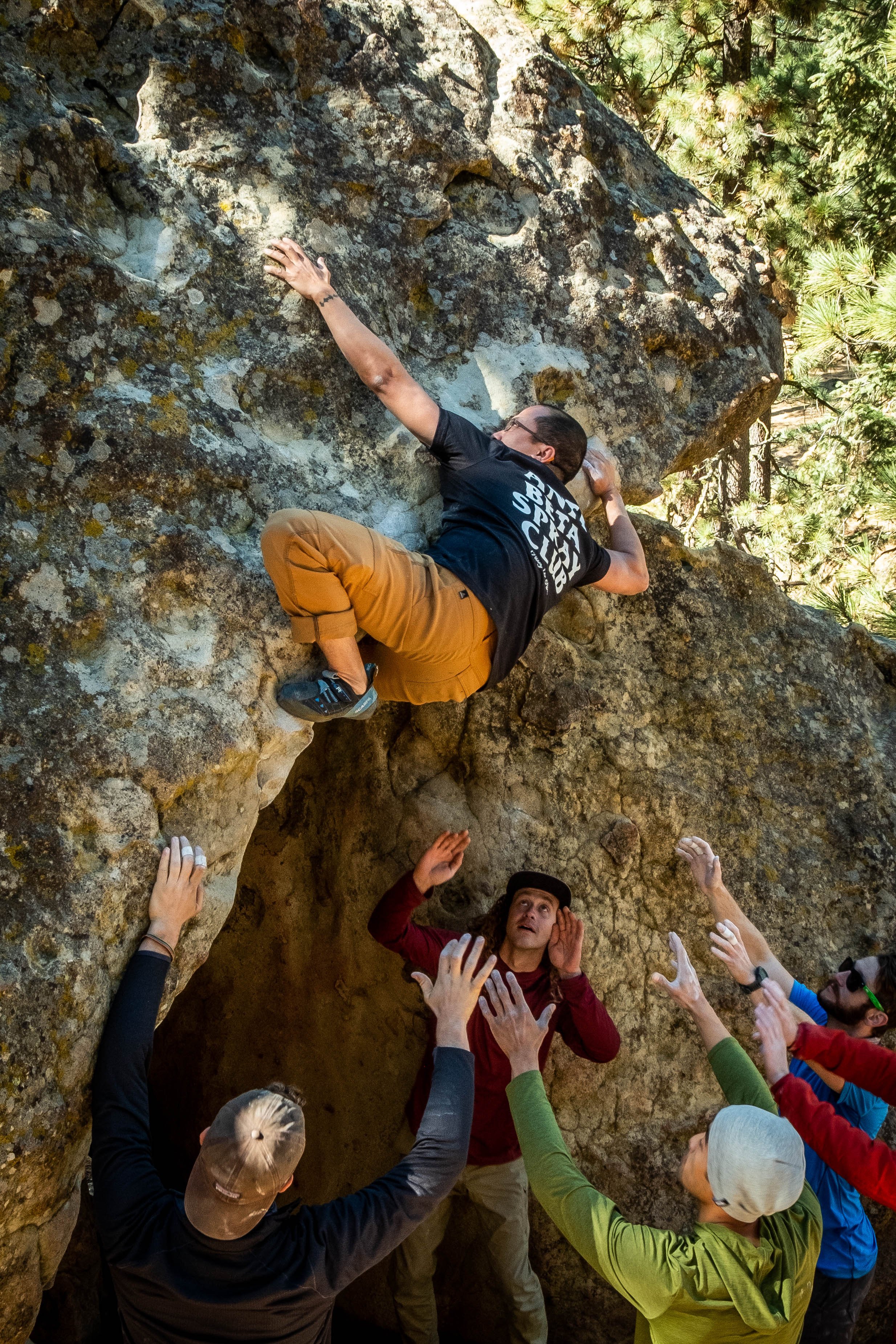Wrapping up after a long day of work. AAC Member Andy Cochrane.
It has been a momentous week for climbing policy, and we want to thank all of you who shared your voices with your legislators on these matters. The EXPLORE Act, which the AAC and its partners have been working on in some form or another for nearly 10 years, passed with unanimous consent, and is awaiting a presidential signature as we speak. Secondly, the National Park Service announced late Wednesday afternoon (December 18th) that they were discontinuing the development of their proposed fixed anchor guidance.
What does this mean for climbers?
The EXPLORE Act:
The EXPLORE Act, introduced by Rep Bruce Westerman (R-AR) and Rep Raul Grijalva (D-AZ), is a historic recreation package that has had widespread bipartisan support and support from outdoor recreationists of all stripes—including climbers, mountain bikers, hunters, anglers, and more.
The most important elements of the EXPLORE Act for climbers are two-fold.
First, EXPLORE includes the Protecting America’s Rock Climbing (PARC) Act, introduced by Rep. Joe Neguse (D-CO) and Rep John Curtis (R-UT). The PARC Act is intended to ensure safe and sustainable access to rock climbing in designated Wilderness areas. It requires federal agencies to recognize recreational climbing as an appropriate activity in accordance with the Wilderness Act of 1964, as well as recognizing that the placement, use, and maintenance of fixed anchors is appropriate. The act also ensures that a public comment period is made available prior to any final climbing management guidance being issued. Essentially, the PARC Act officially recognizes that the use of fixed anchors for climbing (and Search and Rescue operations) continues to be appropriate in Wilderness areas, provided it does not diminish the wilderness character of the area.
Second, EXPLORE includes the Simplifying Outdoor Access for Recreation Act (SOAR Act), which will increase accessibility to the outdoors by improving recreational permitting for outfitters and guides. How? By:
Streamlining the process of issuing permits to guides and outfitters
Make more recreation opportunities available by extending the term of temporary permits and creating a program for sharing unused guide days between permit holders.
Reduce barriers to accessing public lands for school districts, city recreation departments, and university groups.
Increase permit system transparency by directing the land management agencies to notify the public when new recreation permits are available and ensuring that agencies respond to permit requests in a timely manner.
Reduce permit fees and costs for small businesses and organizations
Help control liability insurance costs for permit holders by allowing them to use liability release forms with clients.
Additional elements of the EXPLORE Act include improving access to parks and public lands for veterans and people with disabilities by building additional accessible trails; the BOLT Act, which will create more long-distance biking trails; and the codification of FICOR and the Outdoor Recreation Legacy Partnership, which funds local parks and green spaces, and provides direct access to funding for tribes for developing green spaces.
AAC Member Andy Cochrane
AAC Executive Director Ben Gabriel synthesized this win, saying: “It has been such a privilege to work with all the outdoor recreation organizations, and legislators from both chambers and parties, to see the EXPLORE Act through. This historic recreation package will broadly serve the public, protect recreation resources, and provide for our gateway communities.”
As you might imagine, the AAC is thrilled with what this all means for public lands and accessibility to climbing across the United States! This win would not be possible without the combined efforts of our incredible partners, especially Outdoor Alliance, Access Fund, AMGA, and The Mountaineers.
Fixed Anchor Policy:
The National Park Service announced on December 18th that they were discontinuing the development of their proposed fixed anchor guidance. The update said that, "Park leaders will continue to manage climbing activities in Wilderness on a park-by-park basis consistent with applicable law and policy, including the Wilderness Act." This announcement comes nearly a year after Park officials sought public comment on proposed regulations which suggested a new interpretation of installations as defined in the Wilderness Act. This new interpretation, which could have prohibited fixed anchors in Wilderness, was met with significant concern from climbers, climbing organizations, and other recreation enthusiasts, as well as search and rescue professionals, throughout the country.
The AAC thanks the NPS for sensing the need to reevaluate the proposed regulations and looks forward to collaborating with them in the future on fixed anchor guidance.
The AAC, Access Fund, Mountaineers, and many other organizations, worked tirelessly to educate lawmakers on the potential impacts of prohibiting fixed anchors, which resulted in 14 Senators reaching out to the Secretaries of the Department of Interior and Department of Agriculture, requesting an update on the proposed regulations as well as emphasizing their disapproval of the interpretation of the Wilderness Act.
AAC Executive Director, Ben Gabriel, reflects: “We are thankful for the continued integrity and hard work of the NPS. Recognizing the balance of promoting recreation with the preservation of our natural resources, we look forward to working with NPS to develop sound policies that achieve both of these objectives.”
It is important to note that the United States Forest Service is continuing to consider their own proposed climbing management plan regarding fixed anchors in Wilderness areas, but their forthcoming decisions will be impacted by the PARC Act being signed into law.
Thank you to our many partners for their part in this work. Below, a few of these partners reflect on the significance of the discontinuation of the NPS proposal to their organizations and the climbers they represent:
“The Mountaineers commends the Department of the Interior for withdrawing its proposal to restrict fixed anchors in Wilderness areas. This decision protects sustainable climbing and safe outdoor education, and strengthens the conservation movement to protect public lands. We’re grateful that our federal leaders listened to the voices of climbers, outdoor educators, conservation advocates, Washington State’s U.S. Senators Cantwell and Murray, and all those who value the intersection between human-powered recreation and conservation.” –Tom Vogl, CEO, The Mountaineers
Time for a base camp nap. AAC Member Andy Cochrane
“As climbers, fixed anchors are essential pieces of our safety system that allow us to safely and sustainably access vertical terrain. Without fixed anchors, many of the wildest and most inspiring places in America would become inaccessible to the public.” —Heather Thorne, Executive Director, Access Fund
“This is a meaningful step in the ongoing dialog between the climbing community and the regulatory agencies, NPS and NFS. Protecting the Wilderness based on the fundamentals of clean climbing a la the Yosemite Climber's Credo is a needed collaboration with mutual goals. ‘United we stand!’”—Jerry Gallwas, YCA Board Chair
“I'm happy to see that wilderness climbing, in iconic locations and lesser-known crags, is protected thanks to the efforts of a broad coalition of passionate climbers and outdoor recreation allies. This decision ensures that climbers will continue to enjoy transformative experiences in these special areas while working toward balanced, long-term solutions that protect both wilderness and climbing access.”—Andrew Blann, Vice President, Arkansas Climber’s Coalition














